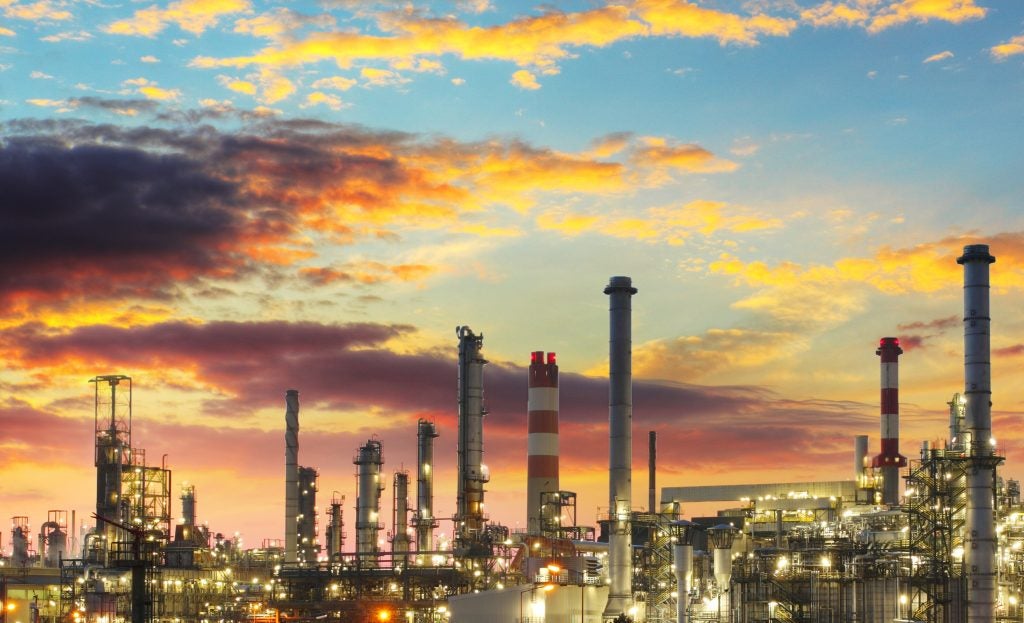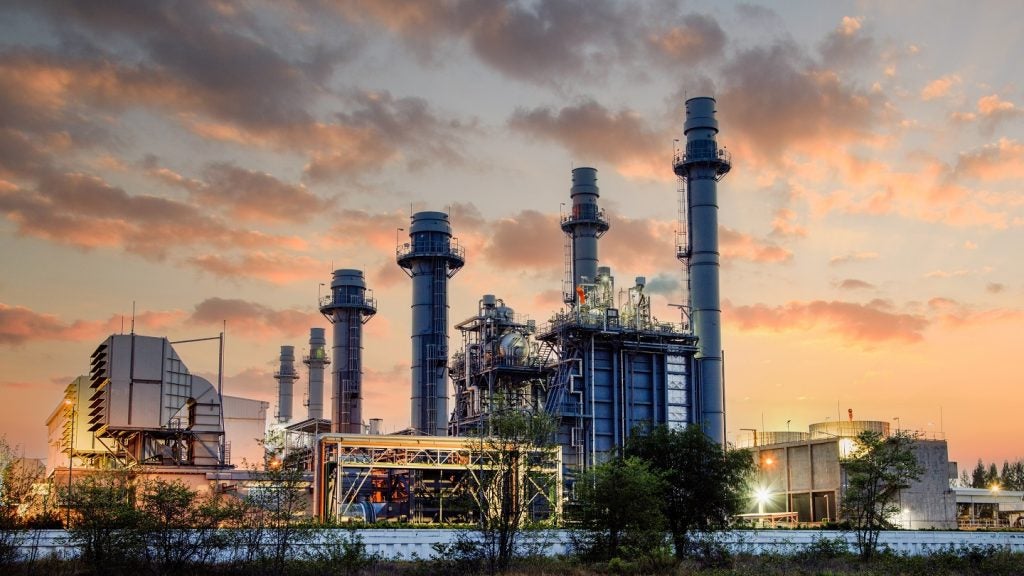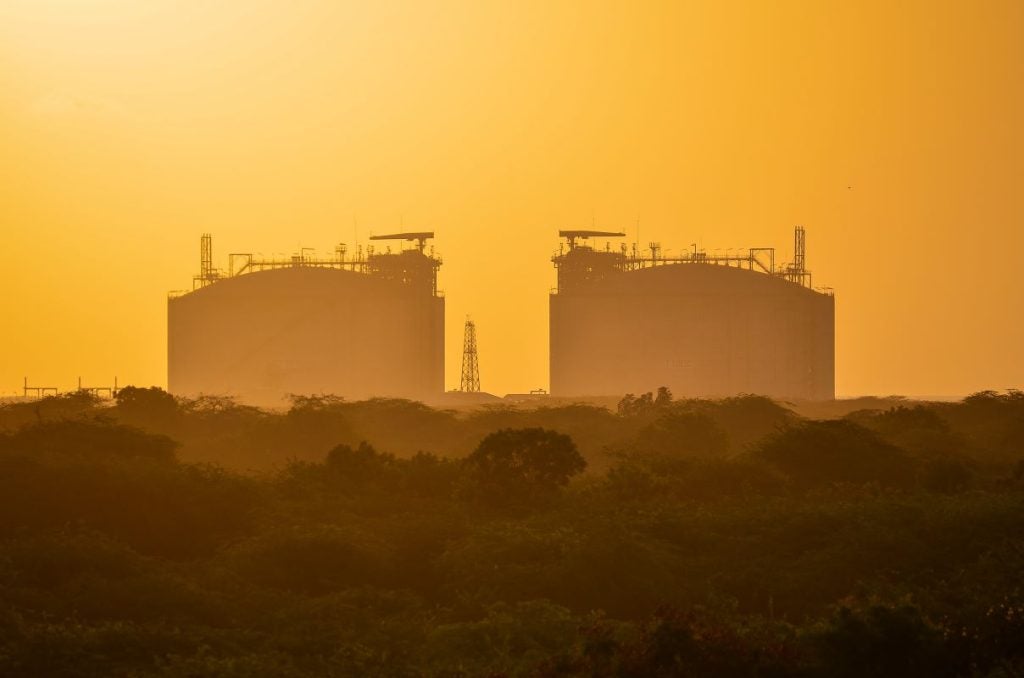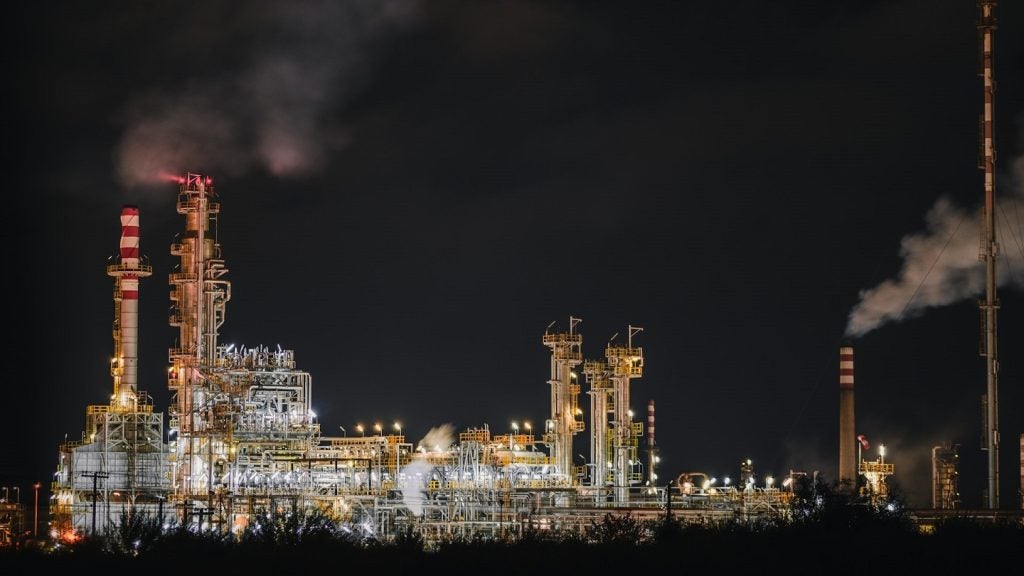Eni operates the Sannazzaro de Burgondi cracking refinery, which is located in Lombardy, Italy. According to GlobalData, who tracks and profiles more than 1,400 refineries worldwide, it is a non integrated cracking owned by Eni. The refinery started operations in 1963 and has a Nelson Complexity Index (NCI) of 9.32. Buy the profile here.
Maintenance activities at Sannazzaro de Burgondi cracking refinery
The Sannazzaro de Burgondi refinery cracking witnessed two incidents during the period 2017-2022.
About Eni
Eni SpA (Eni) is an integrated oil and gas company that discovers, explores, develops, and produces crude oil, natural gas and condensates. The company is also involved in the supply, trading, and shipping of natural gas, LNG, electricity, and fuels. It has operations in Italy, Cyprus, the UK, Portugal, Algeria, Egypt, Gabon, Nigeria, Russia, Venezuela and other countries. Through its refineries, Eni processes crude oil and other oil-based feedstock to produce fuels, lubricants, and allied products. It commercializes these products through wholesalers and retail networks. The company has properties across Italy, the Rest of Europe, the Americas, Asia and Africa regions. Eni is headquartered in Rome, Lazio, Italy.
For more details on the Sannazzaro de Burgondi cracking refinery, buy the profile here.
Data Insights
From

The gold standard of business intelligence.
Blending expert knowledge with cutting-edge technology, GlobalData’s unrivalled proprietary data will enable you to decode what’s happening in your market. You can make better informed decisions and gain a future-proof advantage over your competitors.







